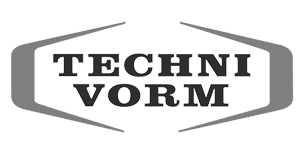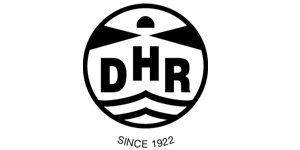What is involved in defining the characteristics and set of requirements of embedded systems
During product development, we use a precise product development cycle. The core of this development cycle is to optimize all parts of a product step by step.
We begin our development cycle by defining the characteristics of a product. Next, the requirements of the embedded systems are defined. In this blog, we explain exactly what is performed within these first two steps of the development cycle.
Embedded systems
An embedded system is an electronic system that is integrated into consumer items or devices with the intention of providing them with some form of intelligent behavior. The essence of an embedded system is that there is software embedded in a hardware device.
The definition of properties
In the first phase of the development cycle, we work with you to define the product's features.
The definition phase determines exactly what is expected of the product. What must it meet and what must it absolutely not do? The goal here is to arrive at the principles of a technically feasible product.
Not always the technical feasibility is clear in advance, just as it may be the case with the basic principles of the product. In such a case, we can provide clarity by performing a Proof of Concept or a feasibility study.
Proof of Concept (POC)
A Proof of Concept (POC) aims to investigate the technical feasibility of one or more aspects. Here we often use off-the-shelf (development kit) products that are assembled and provided with software.
The compound is used to test one or more critical aspects.
Embedded Systems requirements
Once the definition of the product is known, the specifications/requirements are laid down in the so-called Requirements document. The requirements of an embedded system can vary widely. For example, we distinguish between functional requirements and non-functional requirements of the product.
A functional requirement represents desired behavior of the system.
Functional requirements include:
- performance;
- interfaces;
- dimensions;
- ministry;
- behavior.
Non-functional requirements are quality requirements that can either be imposed on the functional requirements of a system, or additional requirements that are imposed on the system but do not directly contribute to achieving the functional goal.
Non-functional requirements include:
- environmental conditions;
- pressure/temperature/moisture resistance;
- vibration/shock resistance;
- EMC requirements;
- preferential origin of materials;
- reach/RoHS requirements;
- other legal requirements.
After establishing the product's features and requirements, we move on in the product development cycle. Learn more about these next steps by reading our other blogs on these topics.
Choose Confed. Choose fast, reliable and quality.
Got curious?
Have you become curious about what we can do for you in this area? We would like to invite you to contact us. This can easily be done by phone or via our general email address. You can also send us a request via the contact page and we will get back to you as soon as possible.
Contact via:
info@confed.eu or tel: +31(0) 33 454 1340









